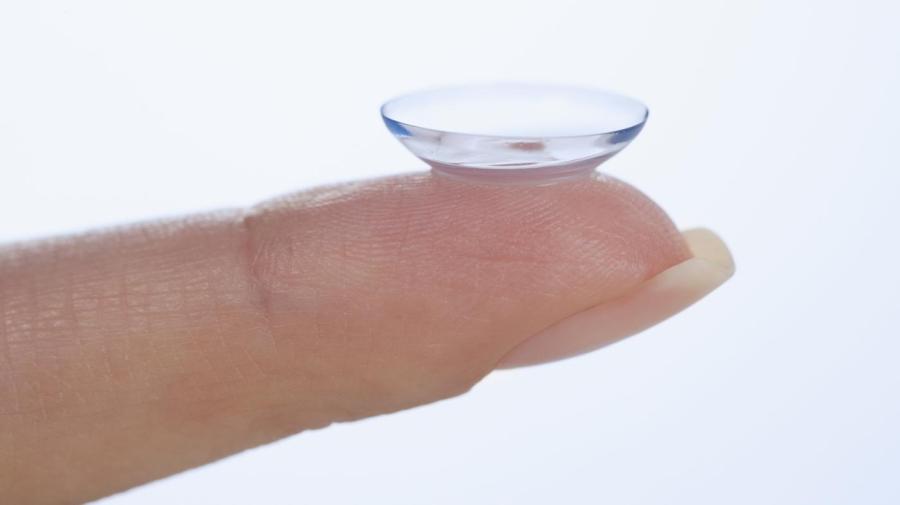What Are Some Problems With Toric Lens Implants?

Problems associated with toric lens implants include rotation of the lens after implantation and ineffectiveness arising from placement of the lens in divergence from the axis of astigmatism, explains the American Academy of Ophthalmology. Occasionally, the implants may fail to fully solve vision problems even when they are correctly placed.
The complications of toric lens implants tend to be few and are typically similar to those associated with cataract surgery, suggests the American Academy of Ophthalmology. The twin problems of rotation after implantation and poor placement are generally easy to correct. Infrequently, properly placed toric lens implants may fail to fully rectify astigmatism; in such cases, laser vision correction and other forms of visual enhancement procedures may be required.
Because toric lens implants are only effective for a particular cadre of patients, a stringent assessment and selection process typically precedes treatment, explains the American Academy of Ophthalmology. Patients likely to benefit from toric lens implants include those suffering from regular astigmatism; the implants are ineffective for treating irregular astigmatism.
As of March 2015, only two types of toric lens implants are approved for use in the United States by the Food and Drug Administration; Alcon’s AcrySof and Staar. While both types are effective, Alcon’s AcrySof, manufactured from acrylic, is preferred for its stability and resistance to rotation, suggests Dr. Ralph Chu, a cataract and refractive surgeon practicing in Bloomington, Minnesota, in an article for the American Academy of Ophthalmology.





